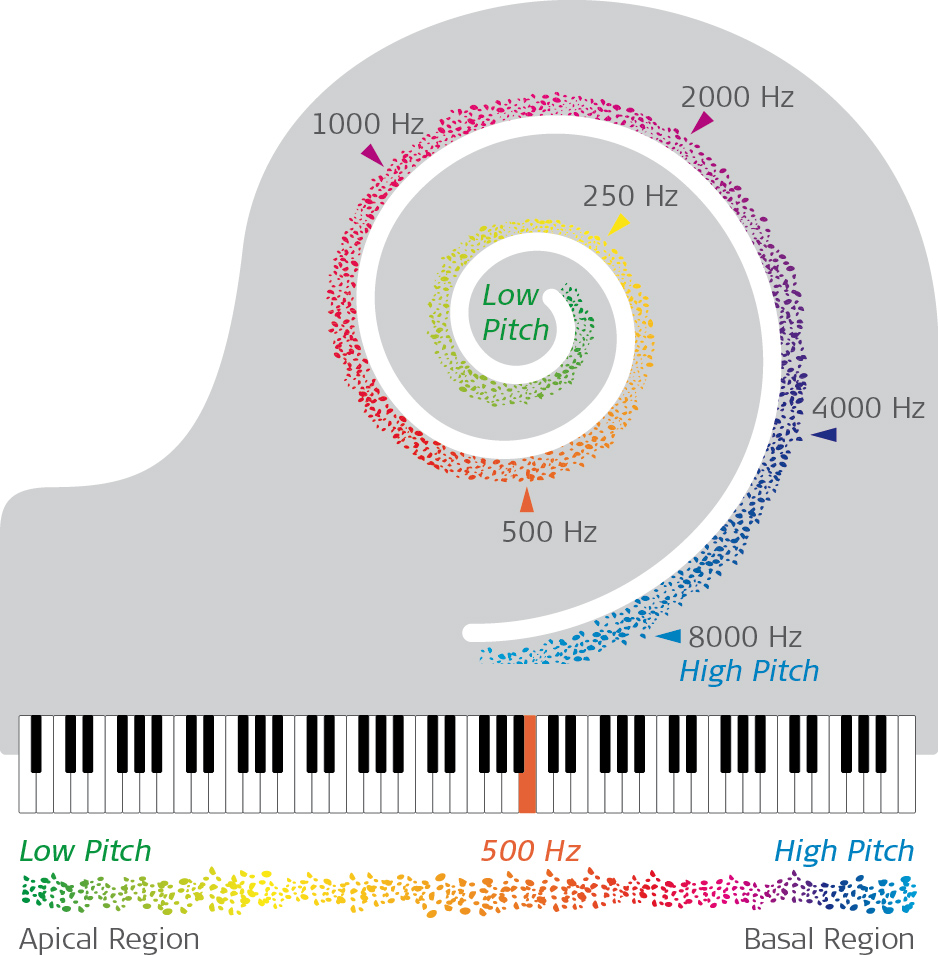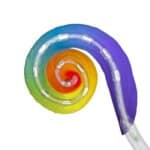What is Triformance, and How Does it Work?
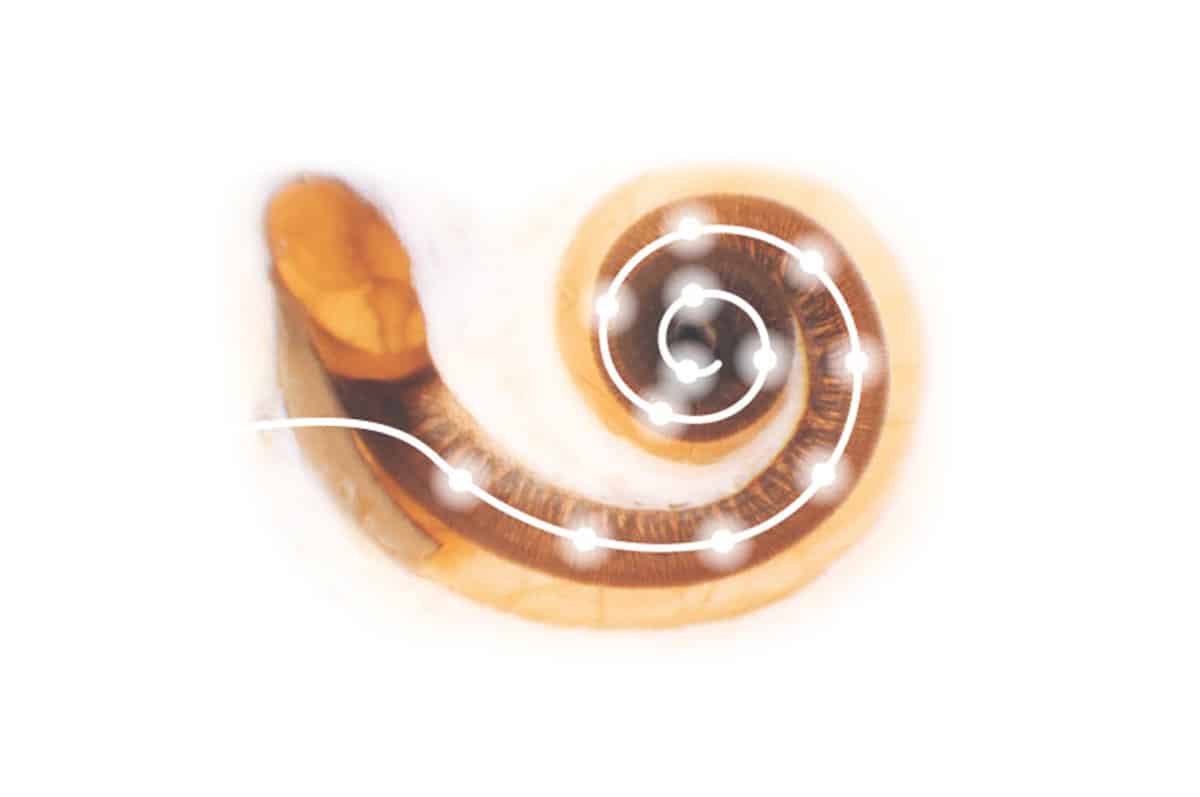
This is a question we get asked quite a lot, so we thought we’d put together a blog article to describe Triformance in a bit more detail.
So, what is it that gives MED-EL cochlear implant recipients better hearing performance? The answer is Triformance. Triformance is the combination of three MED-EL technologies: Structure Preservation, Complete Cochlear Coverage, and Fine Hearing.
But what does all this mean, and what does it have to do with hearing performance?
The Three Components
Well, first let’s look at each of the three technologies that make up Triformance:
Structure Preservation means using especially soft and flexible electrodes and certain surgical techniques to preserve the delicate nerve structures, often called hair cells, within the cochlea.
Complete Cochlear Coverage means having a long electrode that can reach all the way to the uppermost, or apical, region of the cochlea.
FineHearing is the technology that converts sound into electrical pulses, and provides up to 250 unique pitches of sound as well as the fine structure information of sound.
How These Components Combine
So, those are the three components. But Triformance is more than each one just working independently, Triformance is about how they work together to deliver a more natural hearing experience.
Here’s how they work together:
Structure Preservation and Complete Cochlear Coverage
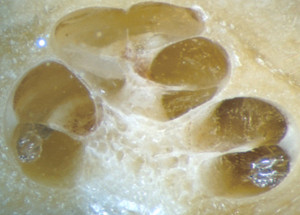
A flexible electrode array within the cochlea. (Photo courtesy of Adrien Eshraghi MD, University of Miami – Miller School of Medicine.)
A soft and flexible electrode array designed for Structure Preservation can be inserted deeply into the cochlea to provide Complete Cochlear Coverage.
The cochlea is relatively long: on average it spirals for 31.5 mm and makes 2.5 full turns. If a stiff electrode array is inserted deeply into the cochlea it can damage the delicate hair cells.1 But with a soft and flexible electrode array designed for Structure Preservation, these hair cells can still be preserved even when a long electrode array is deeply inserted into the cochlea for Complete Cochlear Coverage.1
Complete Cochlear Coverage and FineHearing
Complete Cochlear Coverage provides FineHearing to the entire cochlea.
For a cochlear implant to accurately stimulate the low frequencies of sound, it needs an electrode array that can reach the low-frequency area of the cochlea.4, 6T his is because different parts of the cochlea are specialized to respond to different frequencies of sound. The lowermost region of the cochlea responds to high-frequency sounds, and the uppermost region of the cochlea responds to low-frequency sounds.
Here’s a graphic that shows what parts of the cochlea respond to which frequencies of sound:
Because a short electrode usually can’t reach the uppermost region, it usually can’t stimulate the hair cells responsible for low-frequency sounds.5 Low-frequency stimulation is important because the low frequencies are important for improved speech understanding.4, 5
However, with a long electrode array designed for Complete Cochlear Coverage FineHearing can stimulate the whole cochlea.4
Fine Hearing and Structure Preservation
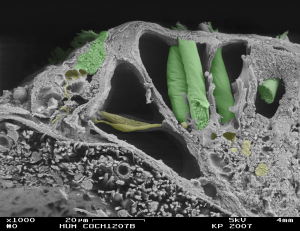
Microscopic image of the hair cells within the cochlea. (Photo courtesy of R. Glueckert , K. Pfaller, A. Schrott-Fischer, H. Rask-Andersen; Medical University of Innsbruck, Austria)
FineHearing performs its best when the hair cells of the cochlea are preserved with an electrode designed for Complete Cochlear Coverage.
There are as many as 20,000 hair cells in the cochlea, and if a stiff electrode array is inserted to any depth it could damage the hair cells as well as the cochlea itself. A soft and flexible electrode array that is designed for Structure Preservation can preserve these hair cells so that they can better receive the sound information delivered by FineHearing.1
More Than the Sum of Their Parts
So, each one of these components has their own unique benefits. But like many things in life, teamwork is important. The same goes for the components of Triformance. When they work together, they work better and can provide superior hearing performance.
References:
- Wanna et al. (2014) Impact of electrode design and surgical approach on scalar location and cochlear implant outcomes. Laryngoscope, doi: 10.1002/lary.24728.
- Usami et al. (2014) Hearing preservation and clinical outcome of 32 consecutive electric acoustic stimulation (EAS) surgeries. Acta Oto-Laryngologica, 134(7), 717-27.
- Buchman et al. (2014) Influence of Cochlear Implant Insertion Depth on Performance: A Prospective Randomized Trial. Otology & Neurology, Online, 1-7. http://www.ncbi.nlm.nih.gov/pubmed/25122601
- Prentiss et al. (2014) Ipsilateral acoustic electric pitch matching: A case study of cochlear implantation in an up-sloping hearing loss with preserved hearing across multiple frequencies. Cochlear Implants Int. 15(3), 161-5.
- Landberger, D. M., Mertens, G., Punte, A. K., Heyning, P. V. D. (2014) Perceptual changes in place of stimulation with long cochlear implant electrode arrays. JASA Express Letters, 135(2), 75-81.
- Schatzer et al. (2014) Electric-acoustic pitch comparisons in single-sided-deaf cochlear implant users: Frequency-place functions and rate pitch. Hearing Research, (309), 26-35.
Thanks for your message. We will reply as soon as possible.
Send us a message
Field is required
John Doe
Field is required
name@mail.com
Field is required
What do you think?
© MED-EL Medical Electronics. All rights reserved. The content on this website is for general informational purposes only and should not be taken as medical advice. Contact your doctor or hearing specialist to learn what type of hearing solution suits your specific needs. Not all products, features, or indications are approved in all countries.

